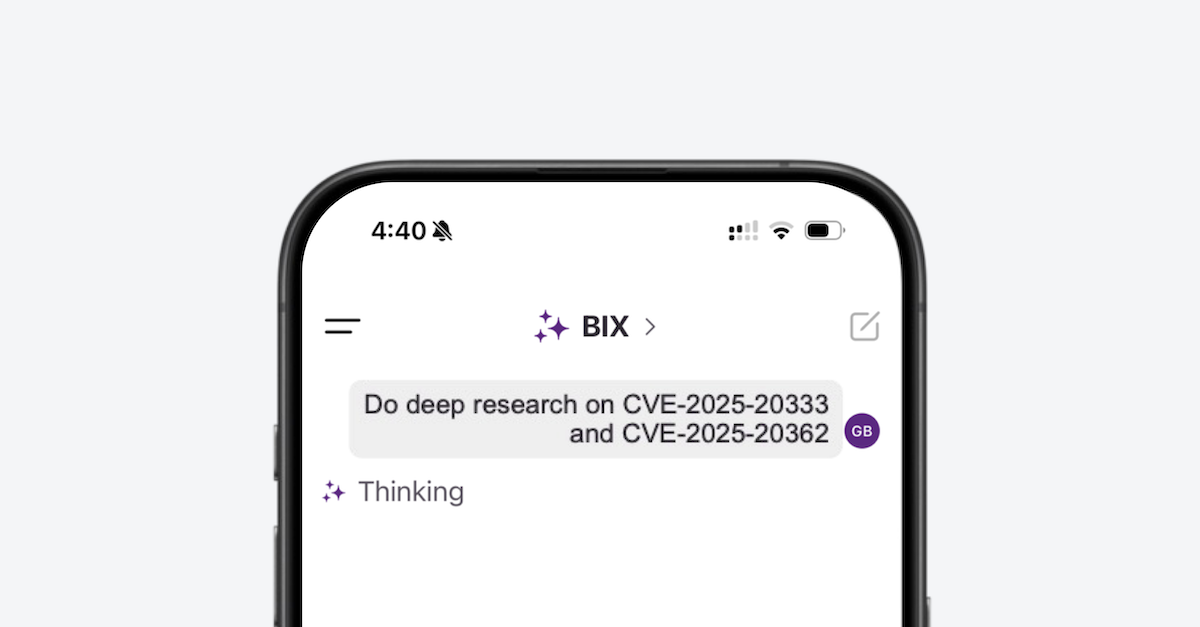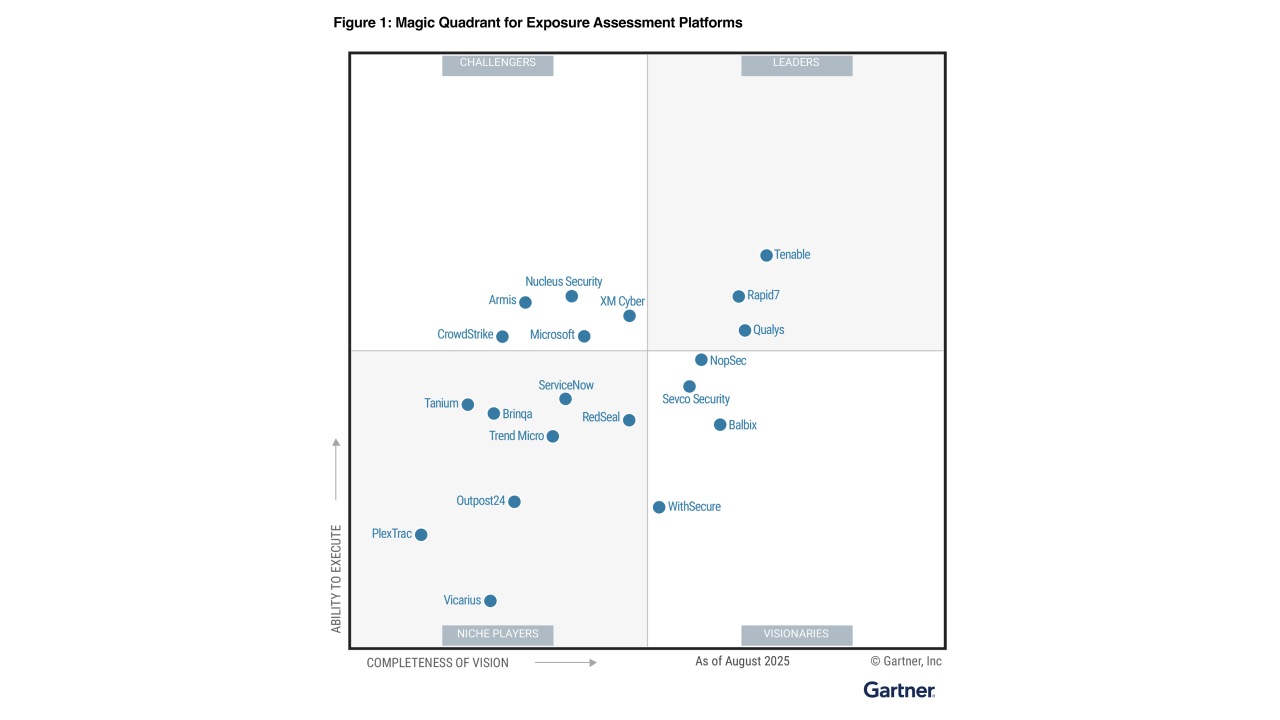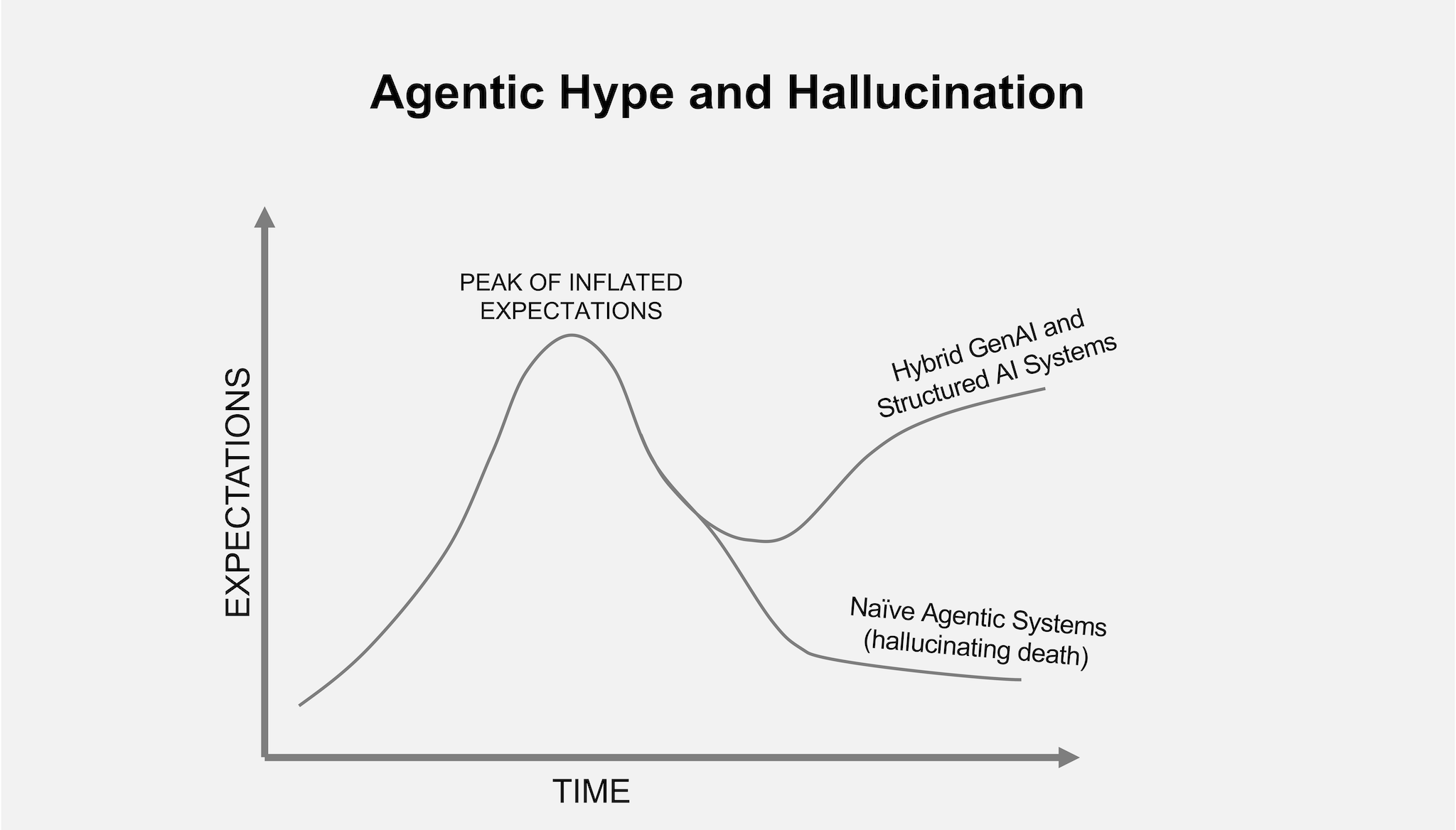Cyber breaches and operational outages are not just technical inconveniences but existential business risks. Whether ransomware takes down mission-critical systems or an unplanned server failure halts operations, your ability to recover quickly makes the difference between resilience and collapse.
A disaster recovery plan for cybersecurity is central to your organization’s business continuity. It’s not just about having backups but ensuring complete operational resilience with minimal service disruptions. This guide will walk you through the core components of building and maintaining an effective disaster recovery plan.
What Is a Disaster Recovery Plan in Cybersecurity?
A disaster recovery plan (DRP) is a comprehensive, structured approach detailing how to restore IT systems, data, and infrastructure after an unplanned incident. It is a functional subset of a broader business continuity plan (BCP) but focuses on IT environments, cyber threat resilience, and operational readiness.
Unlike an Incident Response Plan (IRP), which addresses immediate crisis control, a DRP ensures systems are up and running after initial containment. With increasing reliance on hybrid/multi-cloud environments, scalable infrastructure, and containerized systems, DRPs today must adapt to dynamic ecosystems.
Key Differentiators
- Incident Response Plan (IRP) addresses detection and containment.
- Business Continuity Plan (BCP) ensures ongoing operations during disruption.
- Disaster Recovery Plan (DRP) focuses on restoring system functionality post-crisis.
Core Components of a Cybersecurity Disaster Recovery Plan
Risk Assessment and Business Impact Analysis (BIA)
A strong DRP starts with understanding threats and their potential impact.
1. Threat Modeling Techniques
Adopt frameworks like MITRE ATT&CK, STRIDE, or DREAD to map out attack vectors. For example:
- If your CI/CD pipelines fail, how does that disrupt operational continuity or SLAs?
- What’s the blast radius of a ransomware attack targeting your Active Directory?
2. Asset Dependency Mapping
Identify and classify assets based on criticality. Assess dependency chains to understand how a compromised API or database cascades into broader outages.
3. Business Impact Quantification
Use models to estimate the financial, reputational, and regulatory impacts of system outages or data breaches.
Recovery Objectives: RTO, RPO, and MTD
Defining recovery metrics helps prioritize resources and set realistic expectations.
- RTO (Recovery Time Objective): Maximum acceptable downtime for systems.
- RPO (Recovery Point Objective): Maximum acceptable data loss measured in time.
- MTD (Maximum Tolerable Downtime): The point where downtime becomes crippling.
Use a prioritization matrix to map systems by criticality and recovery tolerances.
Developing the Recovery Plan
1. Plan Architecture
- Tier recovery strategies:
- Tier 0 for the most critical systems (e.g., Domain Controllers, DNS).
- Higher tiers for less essential systems, like standard app servers.
- Platform-specific recovery techniques for containers, VMs, serverless infrastructure, and legacy systems.
2. Orchestration and Tools
- Use Infrastructure-as-Code (IaC) platforms like Terraform and Ansible to rebuild environments quickly.
- Create detailed runbooks for failover processes.
3. Secure Communication
Establish out-of-band communication channels in case primary networks are compromised. Use Signal, Matrix, or E2EE-capable tools instead of standard Slack instances.
4. Documentation
Adopt a GitOps-style approach, version-controlling your DRP to simplify updates and include peer-reviewed changes.
Testing the Plan Periodically
A DRP is only as effective as its validation.
- Testing Strategies
- Use chaos engineering tools to simulate partial infrastructure disruptions as part of broader DR readiness testing.
- Conduct red team/blue team recovery drills and tabletop exercises.
- Execute failover or live simulations in sandboxed environments.
- Metrics – Evaluate your testing using metrics like:
-
- Human error rates during recovery.
- Visibility of critical system dependencies.
Workforce Training and Readiness
Disaster recovery is just as much about people as technology. Well-trained teams adapt faster to crises.
- Role-Specific Training
- DevOps: Infrastructure rebuild processes.
- SecOps: Containment and forensic analysis.
- Compliance Teams: Meeting regulatory timelines for disclosures (e.g., GDPR, CCPA).
- Advanced Scenarios
- Simulate ransomware recovery using immutable backups.
- Train teams on validating and decrypting critical data post-recovery.
Keeping the Plan Up to Date
Cybersecurity environments evolve rapidly, and so should your DRP.
- Trigger reviews after major architectural changes, such as cloud migrations.
- Maintain compliance for frameworks like SOC 2, PCI DSS, or ISO/IEC 27001.
- Use Continuous Controls Monitoring (e.g., CSPM tools) to assess your readiness.
Example Applications of a Disaster Recovery Plan
Exposure Management
Exposure management tools like Balbix can prioritize recovery of critical assets and provide visibility into residual exposures post-incident to guide secure rebuild efforts. Automated attack surface rebuilding is essential for timely recovery.
Data Recovery Protocols
Immutable storage solutions paired with air-gapped backups (e.g., AWS Backup with vault lock) ensure critical data integrity. Before reintroducing recovered data, use hash verification alongside zero-trust principles, such as strict identity validation and segmented access.
Critical System Restoration
Cloud-native solutions like AWS Elastic Disaster Recovery or Azure Site Recovery prioritize restoring critical services:
- Domain Controllers and DNS as baseline dependencies.
- Image-based recovery for faster environment reinstatements.
Post-Mortem Analysis
Leverage SIEM or XDR tools for forensic snapshots and attack path reconstructions. Conduct blameless post-mortems using structured RCA (Root Cause Analysis) templates to capture lessons learned without assigning individual fault, focusing instead on improving processes, communication, and tooling.
This approach aligns with DevSecOps best practices, especially in complex hybrid cloud environments where human error is inevitable but preventable through system-level resilience.
Transform Cyber Crisis into Resilience
A disaster recovery plan is not a “set and forget” document. It’s a living, breathing framework that evolves with your organization’s needs and technology stack. Cyber resilience is more than a technical safeguard; it’s a competitive advantage.
Actionable next step? Conduct a tabletop disaster recovery exercise with your teams this quarter. Layer in cloud-native capabilities and adopt recovery-as-code processes.
Additionally, exposure management platforms like Balbix should be considered, as they help identify and prioritize recovery of critical assets, provide visibility into residual risk after an incident, and automate secure rebuilds.
Remember: An effective DRP ensures that your story becomes one of recovery, not regret when disaster strikes.
Frequently Asked Questions
- What is the difference between a disaster recovery plan and an incident response plan in cybersecurity?
-
A disaster recovery plan (DRP) focuses on restoring IT systems and data after a disruption, while an incident response plan (IRP) handles immediate threat containment and mitigation. The DRP supports long-term operational recovery, whereas the IRP manages real-time crisis response.
- What are RTO, RPO, and MTD in a cybersecurity disaster recovery plan?
-
RTO (Recovery Time Objective) is the maximum acceptable downtime for systems. RPO (Recovery Point Objective) defines the acceptable amount of data loss measured in time. MTD (Maximum Tolerable Downtime) indicates when downtime becomes business-critical. These metrics guide recovery prioritization.
- How often should you test your disaster recovery plan?
-
A cybersecurity disaster recovery plan should be tested at least annually or after significant infrastructure changes. Use tabletop exercises, red/blue team drills, and chaos engineering to validate recovery processes and uncover system weaknesses.
- Why is asset dependency mapping important for disaster recovery planning?
-
Asset dependency mapping identifies critical systems and their interdependencies, helping prioritize recovery efforts. It ensures that restoring one system doesn’t fail due to unresolved dependencies elsewhere, reducing downtime and data loss in complex IT environments.
- How can exposure management tools support disaster recovery in cybersecurity?
-
Exposure management platforms like Balbix help identify and prioritize recovery of critical assets, provide visibility into residual risk after an incident, and automate secure rebuilds. This accelerates recovery and strengthens post-incident security posture.


